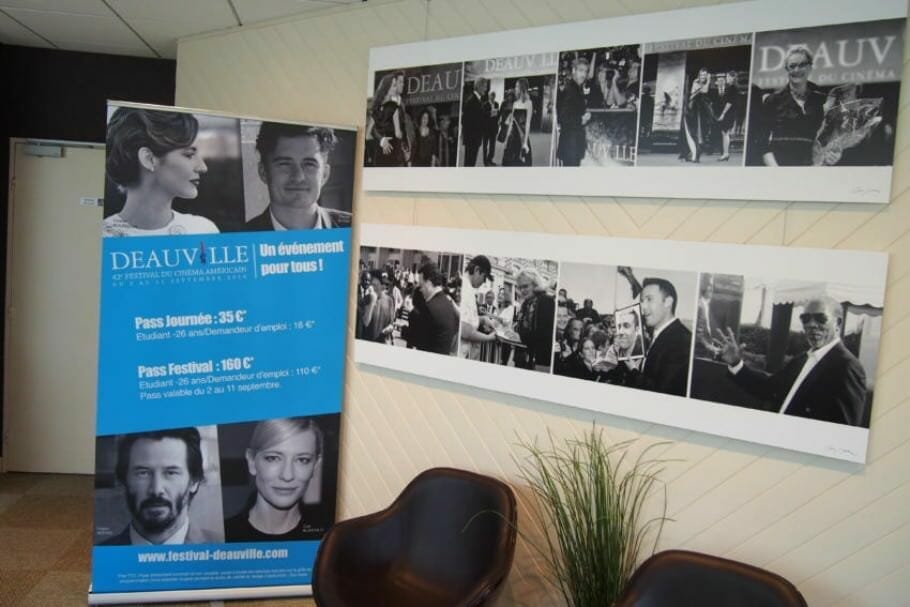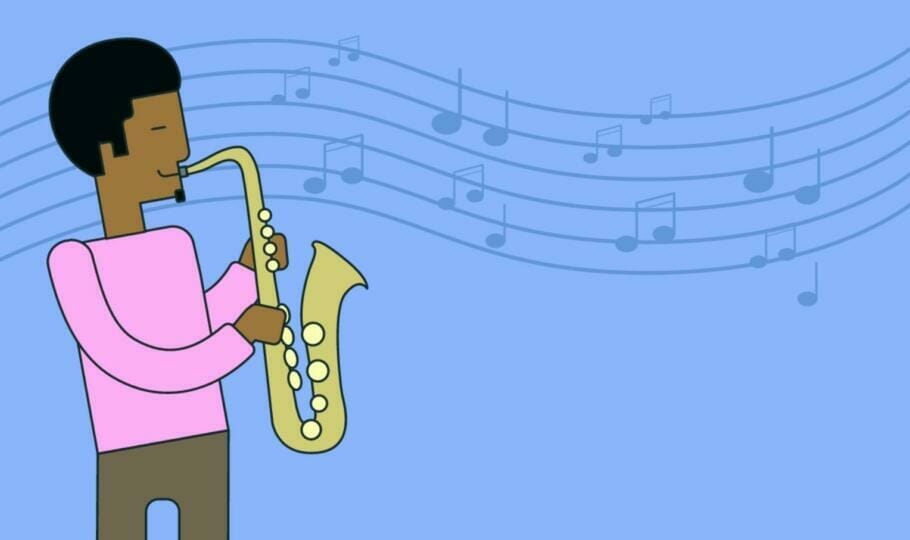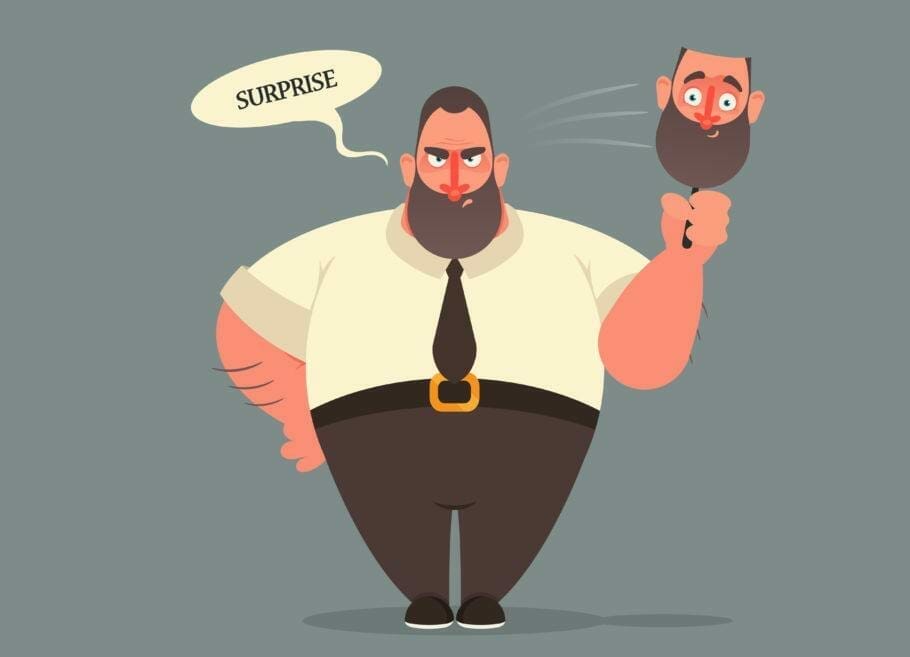For their successful, good life Information you really need: Government-funded publisher, awarded the Global Business Award as Publisher of the Year: Books, Shops, data-driven AI-Services. Print and online publications as well as the latest technology go hand in hand - with over 20 years of experience, partners like this Federal Ministry of Education, customers like Samsung, DELL, Telekom or universities. behind it Simone Janson, referenced in ARD, FAZ, ZEIT, WELT, Wikipedia.
Disclosure & Copyright: Image material created by Verlag Best of HR – Berufebilder.de®.
Present like Hitchcock: Stimulate the head cinema with picture language
By Michael Moesslang (More) • Last updated on October 27.05.2022, XNUMX • First published on 24.07.2012/XNUMX/XNUMX • So far 5182 readers, 1511 social media shares Likes & Reviews (5 / 5) • Read & write comments
With good presentations, a veritable mental cinema is created in the minds of the listeners. This shows how important the right imagery is for the Success of a lecture.

- How Picture Language Works
- How lecturing better not go
- Building and preparing a good speech
- Focus on visual language during presentations
- Like Cary Grant in “The Invisible Third”
- Good rhetoric: Away with the subordinate clauses
- Speak effectively: keep it short
- The optimal speech: The entrance is important!
How Picture Language Works
One reason so many presentations are bad is because of the structure and Preparation of Presentation. It is certainly a little more work to prepare a presentation professionally.
But the usual Method fails all too often because it's just incredibly boring. And what is the usual method now?
How lecturing better not go
The file template is opened in PowerPoint, text bullet-filled bullet points are filled with keywords - or worse, whole sentences. Then a little work on the order, the one or the other product photo or pie chart and that's it.
During the presentation itself, the text is then simply read out and a little commented on. I call this a reading station. The Effect at the lowest level, the success also.
Building and preparing a good speech
But it works better too. Take, for example, the following film scene from a famous film starring Alfred Hitchkock: Cary Grant enters the lobby of a hotel. The head waiter welcomes him by name. He is led to three gentlemen. You have an appointment. Grant is the advertising expert Roger Thornhill. We greet each other politely.
Thornhill looks nervously at his watch. He says he's annoyed with himself: “I asked my secretary for mine Mother calls, but she cannot reach her at home. I've since realized that she's playing bridge at a friend's today."
Focus on visual language during presentations
Meanwhile, a boy calls out a George Kaplan in the lobby. Thornhill turns to the boy. He waves to him. He wants to give up a telegram. The camera pans to two sinister shapes on the edge of the room. One murmurs to the other: “Kaplan”. This is how the confusion in Alfred Hitchcock's film “The Invisible Third” begins.
This short scene I have described to you in the picture language. A very effective language for presentations. If you describe something, the language of the picture is more powerful because it stimulates the head cinema. Many of them say in sentences that are too soft, complicated, and have little to do with images.
Like Cary Grant in “The Invisible Third”
Cary Grant, who played advertising executive Roger Thornhill in Alfred Hitchcock's The Invisible Third, was there customers to meet in the lobby of the Hotel Palace in New York. These were already there and Thornhill was shown to you by a friendly waiter who knew Thornhill by name.
After all of them are in Business-Look dressed gentlemen, they sat down. Thornhill looked nervously at his wristwatch, which one of the gentlemen noticed. He asked him about it and Thornhill replied that he was annoyed with himself for forgetting...
Good rhetoric: Away with the subordinate clauses
A narrative so overloaded with subordinate clauses and interjected explanations is difficult to comprehend. The listener is more concerned with understanding the connections than having time to take in pictures Head let develop. This applies in particular to spoken text, since there is also no option to read a sentence again.
So when you tell stories or describe something in your presentation, use imagery. You only describe what you see, hear and see feel interpretations or assumptions can be omitted or result from the description. Formulate in the present tense, even if the events happened earlier. To emphasize the time, put it in with: "Yesterday, I'm leaving..."
Speak effectively: keep it short
Imagine they are a camera and can only play back what they see and hear. And only what is important. Just as the gentlemen are dressed does nothing to the point. When it comes to your feelings, it is even better to show them than to describe them.
Keep the sentences very short, shorter than usual. Put plenty of pauses in speaking so that your Audience has time to put your words together into a mental cinema. If someone is speaking in the story, preferably use the literal one Rede, maybe even with one light other voice, posture and gestures.
The optimal speech: The entrance is important!
With picture language you create head cinema and thus stimulate the imagination of your listeners. So I have in the first version, the indication of which movie is, put to the end. In the second, worse version in an infinitely long subordinate clause of the first sentence.
A helpful method if you want your participants to remember as much as possible from your presentation - isn't it? At your next lecture, think about doing the same.
Here writes for you
 Michael Moesslang is a lecturer at the St. Gallen Business School, BAW and University of Munich, Top 100 Excellence Trainer, Coach and Author. Michael Moesslang has written numerous books, including “Professional authenticity: Why a jewel shines and pebbles are gray” and “So would present Hitchcock: Convince with the master of tension ”. Moesslang is an expert in the “PreSensation®” presentation method. His conviction: Everyone can become a positive ambassador for themselves or their company through personal impact and self-confident demeanor. More information at www.michael-moesslang.de All texts by Michael Moesslang.
Michael Moesslang is a lecturer at the St. Gallen Business School, BAW and University of Munich, Top 100 Excellence Trainer, Coach and Author. Michael Moesslang has written numerous books, including “Professional authenticity: Why a jewel shines and pebbles are gray” and “So would present Hitchcock: Convince with the master of tension ”. Moesslang is an expert in the “PreSensation®” presentation method. His conviction: Everyone can become a positive ambassador for themselves or their company through personal impact and self-confident demeanor. More information at www.michael-moesslang.de All texts by Michael Moesslang.
2 Responses to “Present like Hitchcock: Stimulate mental cinema with imagery”
-
A clever, well-organized site that you have here.
-
Thank you for the time you invest in maintaining and maintaining this site. I know from my own experience how complex that is.









Post a Comment